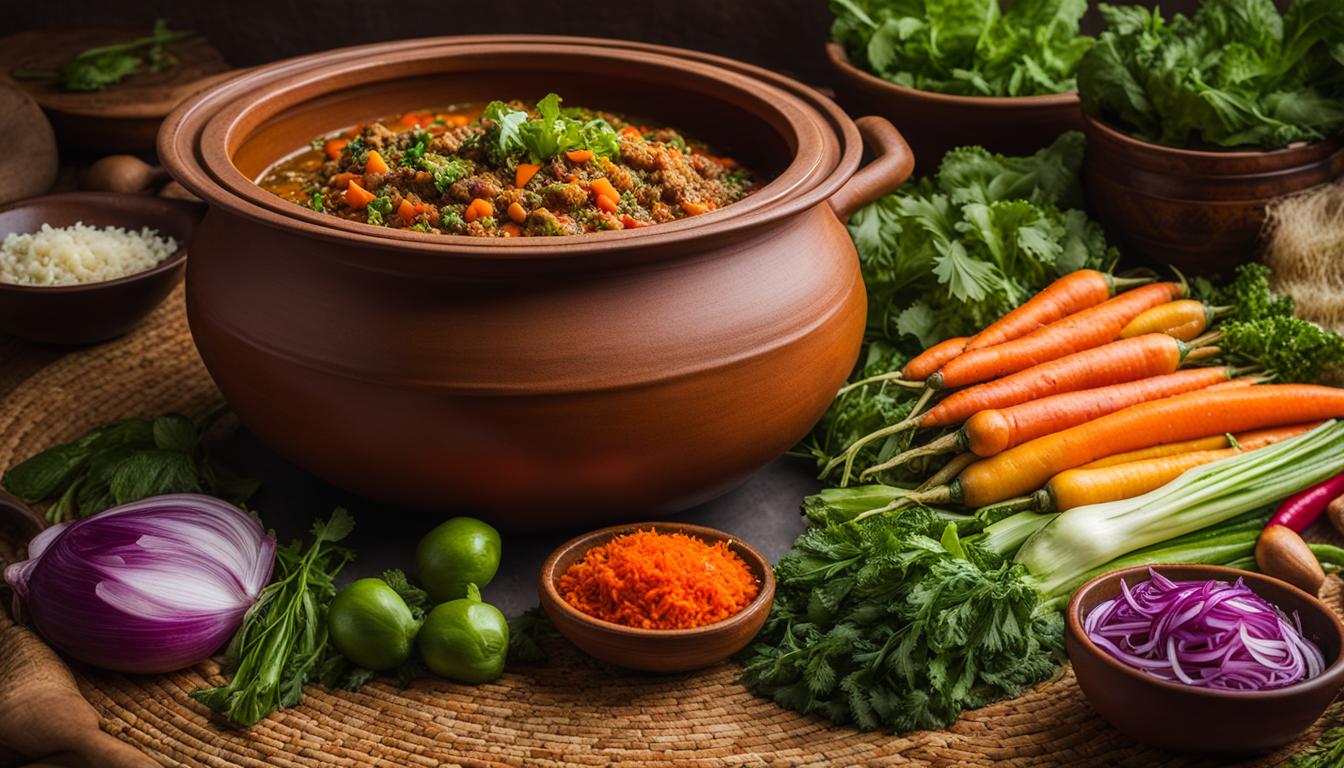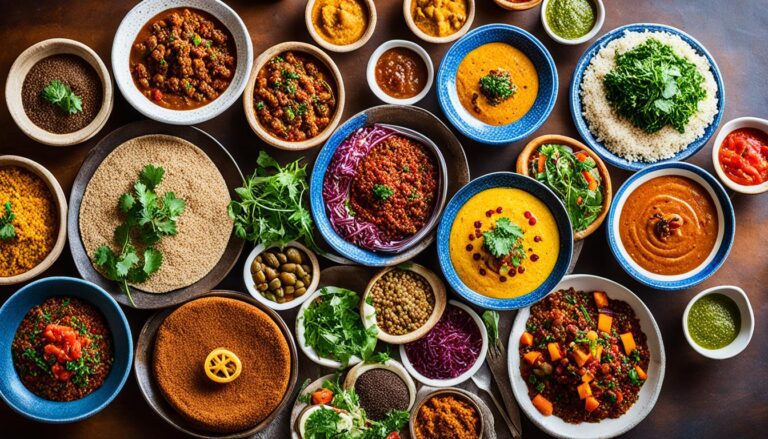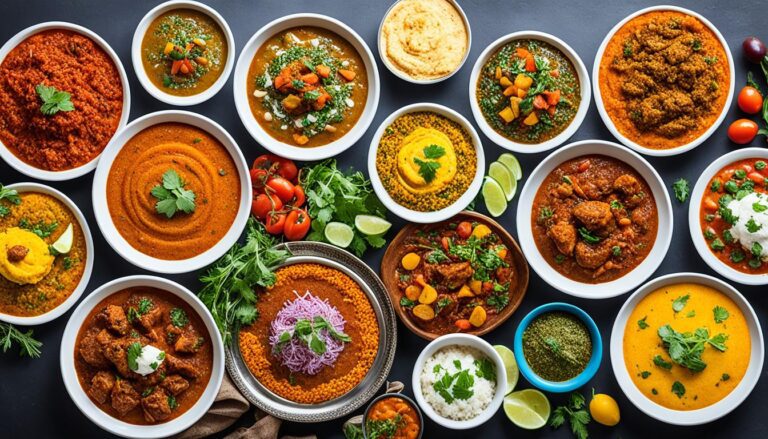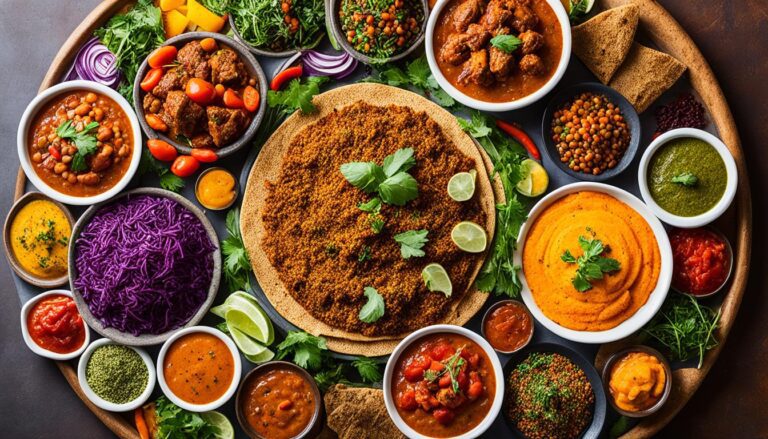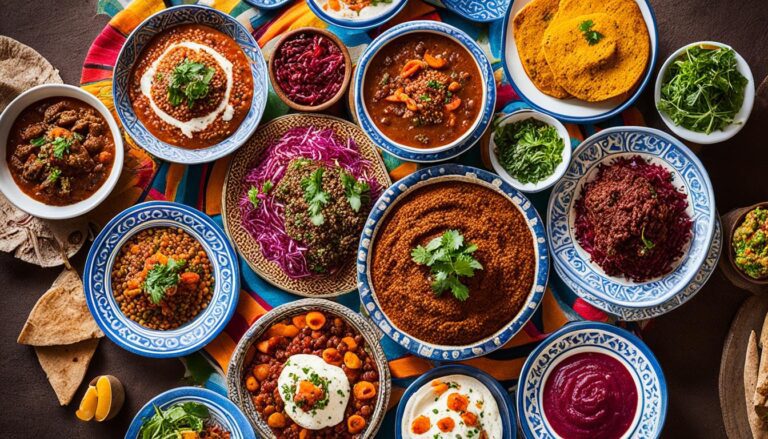What Is Bula Ethiopian Food?
Are you curious about the diverse and flavorful world of Ethiopian cuisine? Have you ever wondered about the unique dishes that make up this vibrant culinary tradition? One such intriguing food is Bula, a traditional Ethiopian delicacy that is deeply rooted in Ethiopian culture and history.
Bula is made from the root of the enset plant, also known as the “false banana.” It is a processed starch or dough that is derived from the creation of kocho, a paste made from the scraped enset pseudo-stem and leaf sheaths. The process of separating the liquid from the scrapings and pulp results in a white powder known as bulla. This unique ingredient is used in various ways to create delicious dishes that are beloved by Ethiopians.
Key Takeaways:
- Bula is a traditional Ethiopian food made from the root of the enset plant.
- Enset cultivation is prevalent in Ethiopia and contributes to food security for millions of people.
- Bula has a modest nutritional profile, with high levels of amino acids, protein, fiber, and minerals.
- It is prepared in different ways and is a staple in traditional Ethiopian cuisine.
- Spices and seasonings like mitmita add a spicy kick to bula, enhancing its flavor.
The Origin and Cultivation of Enset
The enset plant, also known as the false banana, is native to Ethiopia and is widely cultivated in the mid- and highlands of the country. It contributes to the food security of approximately 15 million Ethiopians and helps in soil conservation. Enset-derived foods, including bula, are popular in the region.
Enset cultivation is prevalent in the western Arsi-Bale, Southern Nations, Nationalities, and People’s Region, and western Oromia. The plant is grown in varying altitudes, soils, and climates. Enset parts, such as the root, leaves, and pseudo-stem, are rich in nutrients and minerals, making it an important crop in Ethiopia.
Nutritional Profile of Bula
When it comes to nutrition, bula, made from the starch of the enset plant, offers a range of beneficial components. The enset root, which forms the base of bula, contains 17 different amino acids, surpassing the levels found in potatoes. Additionally, the leaves of the enset plant are packed with essential nutrients, including 13% protein, 20% fiber, and 10% sugar.
Bula also provides a rich source of minerals that are vital for maintaining overall health. Phosphorus, potassium, calcium, magnesium, iron, and manganese are just a few of the minerals found in abundance in enset. These minerals play key roles in various bodily functions and contribute to optimal well-being.
With its combination of amino acids, proteins, fiber, and minerals, bula serves as an important source of carbohydrates and nutrients in the Ethiopian diet. It plays a crucial role in promoting food security and providing nourishment to the population.
As we continue to explore the nutritional aspects of bula, we uncover the benefits it brings to the table. Its nutrient-rich profile underscores its significance in Ethiopian cuisine and the value it adds to the overall well-being of individuals who enjoy this traditional Ethiopian dish.
Traditional Preparation and Serving of Bula
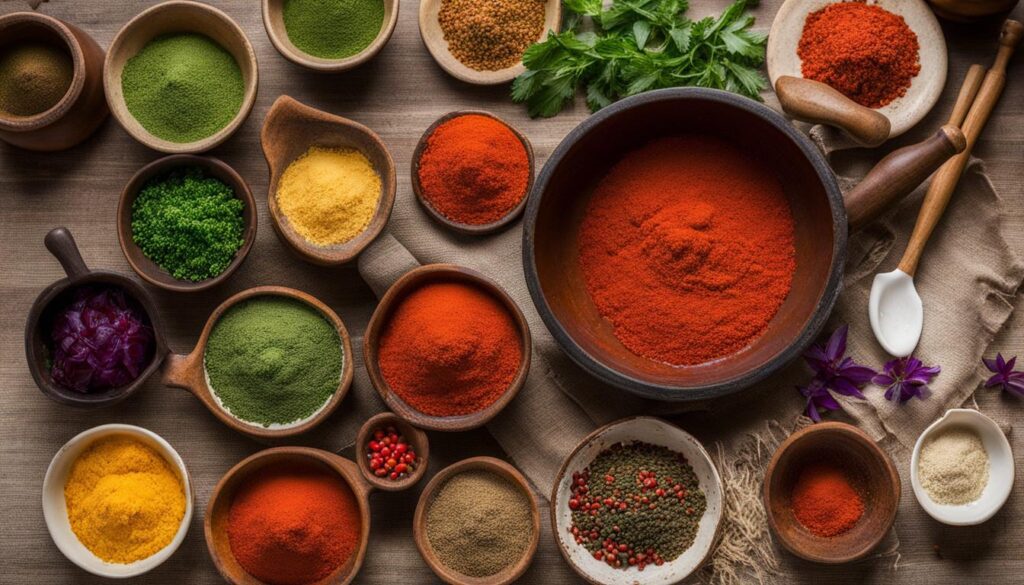
Bula, the versatile Ethiopian dish, can be prepared in various ways, adding a unique touch to traditional Ethiopian cuisine. To prepare bula, the bulla powder is rehydrated with water, creating a versatile base that can be transformed into dumplings, porridge, pancakes, or a refreshing beverage.
In the Southern Nations, Nationalities, and People’s Region, bula takes on a new form as it is mixed with traditional seasoned butter and spices. This combination results in small grains that resemble couscous, adding a delightful texture and flavor to the dish.
Alternatively, in Western Oromia, bula powder is commonly mixed with seasoned butter and fresh milk. Slowly cooked to achieve a delicious jelly-like consistency, this variation of bula brings a unique twist to the traditional preparation, highlighting the creativity and diversity within Ethiopian cuisine.
Whatever the preparation method, bula remains a staple in Ethiopian households, showcasing the rich culinary heritage of the country. Its versatility and connection to Ethiopian traditions make it a beloved dish that continues to captivate the taste buds of both locals and food enthusiasts around the world.
Spices and Seasonings in Bula
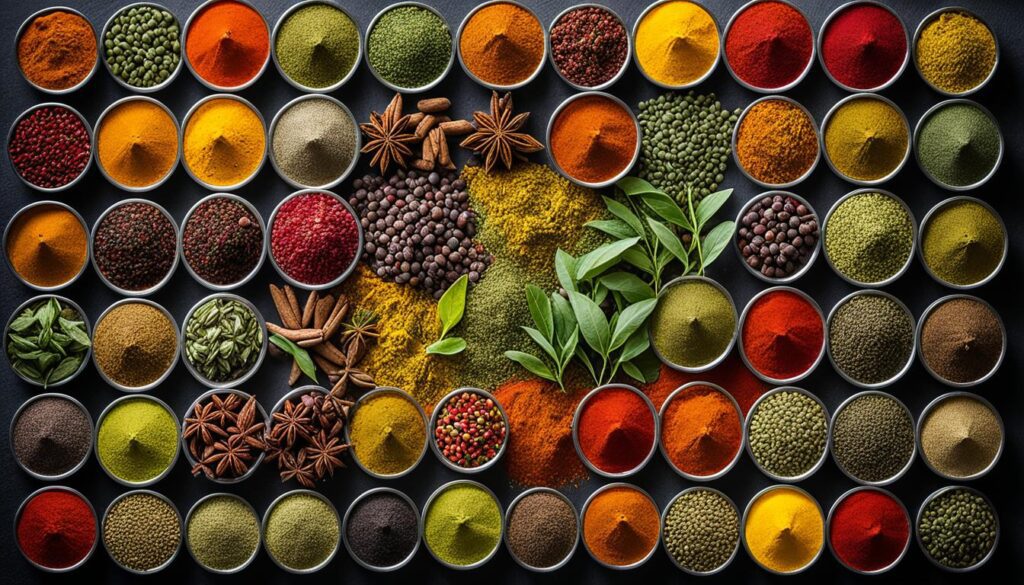
Mitmita, a hot-spiced Ethiopian seasoning, is commonly used in bula and other popular Ethiopian dishes like kitfo and tibs. It is made by crushing bird’s eye chili peppers, salt, and korerima, a spice similar to cardamom, to create a fiery and flavorful powder. Mitmita symbolizes the heat of the Ethiopian sun and reflects the valor of warriors. It adds a distinctive and spicy kick to bula, enhancing its flavor and making it a favorite among Ethiopian food enthusiasts.
To showcase the vibrant and aromatic nature of Ethiopian spices, take a look at the image below:
With the addition of mitmita and other traditional seasonings, bula becomes an explosion of flavors that truly captures the essence of Ethiopian cuisine.
Conclusion
Bula Ethiopian food is a fascinating and delicious culinary tradition that showcases the unique flavors and cultural heritage of Ethiopia. Made from the root of the enset plant, bula is a versatile ingredient that can be prepared in various ways, including dumplings, porridge, pancakes, and beverages, adding depth and richness to traditional Ethiopian dishes.
Not only is bula a staple in Ethiopian cuisine, but it also offers valuable nutrition. Packed with essential amino acids, proteins, fiber, and minerals like phosphorus, potassium, calcium, and iron, bula provides a nourishing source of energy and sustenance. It is a testament to the ingenuity of Ethiopian farmers and their ability to cultivate and transform the enset plant into a versatile and nutritious food source.
For those seeking to embark on a culinary adventure, experiencing bula is a must. Its distinctive aroma, complex flavors, and deep connection to Ethiopian culture make it an intriguing and enjoyable food experience. From the bustling markets of Addis Ababa to the cozy restaurants of the Ethiopian diaspora, bula continues to captivate both Ethiopians and international food enthusiasts alike.

